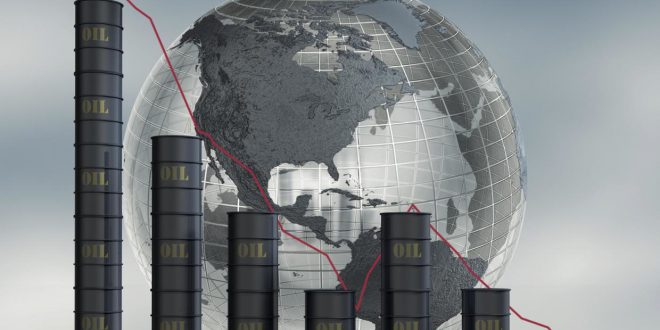How long can the vicious oil-price war between Saudi Arabia and Russia last? If history is any guide, the battle will be a long one.
Riyadh has waged four price wars, including the current one, over the last 35 years. All of them lasted at least a year, and prices plunged at least 50%.
This time may be different, of course — there’s never been a demand shock so great at the same time as the supply shock. But the last wars are at least a guide to the pain thresholds of policymakers.
Here’s how they played out:
Price War I: 13 months. In June 1985, at a meeting in Taif, Saudi Arabia, King Fahd warned OPEC countries that his country would no longer carry the burden of production cuts alone. In November, Riyadh moved to flood the market. Oil plunged from $31 a barrel to $9.75 a barrel in six months. The peace didn’t come until December 1986.
Price War II: 17 months. It started in November 1997 at a meeting in Jakarta, Indonesia. Saudi Arabia boosted production to fight Venezuela, which was quickly grabbing market share in the lucrative U.S. market. What Riyadh hadn’t anticipated was that demand would collapse amid the emerging-markets crisis and a warm winter. Oil fell from about $20 a barrel to less than $10, and the peace didn’t arrive until April 1999.
Price War III: 22 months. It started in November 2014 with a meeting in Vienna. Tired of non-OPEC countries freeloading on the cartel’s production cuts, and worried about the impact of the U.S. shale revolution, Saudi Arabia adopted a policy of pump-at-will. Oil collapsed from about $100 a barrel to $27.88. The peace didn’t come until September 2016: Riyadh made a U-turn and Russia joined the cuts.
This time, the battle was more brutal from the start, with prices crashing more than 35% in days. In past wars prices tumbled slowly, over a period of months. Riyadh’s new shock-and-awe tactics may just shorten the fight by inflicting so much pain, so quickly, that everyone has to come to the table sooner.

 Iran Energy News Oil, Gas, Petrochemical and Energy Field Specialized Channel
Iran Energy News Oil, Gas, Petrochemical and Energy Field Specialized Channel



